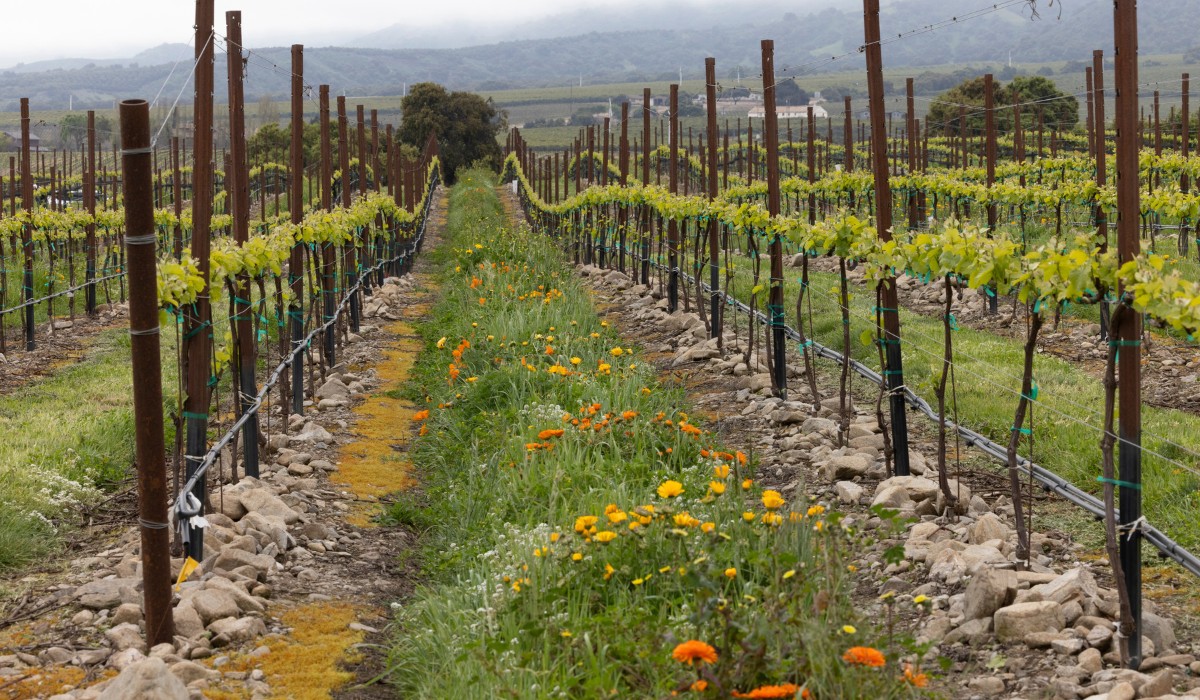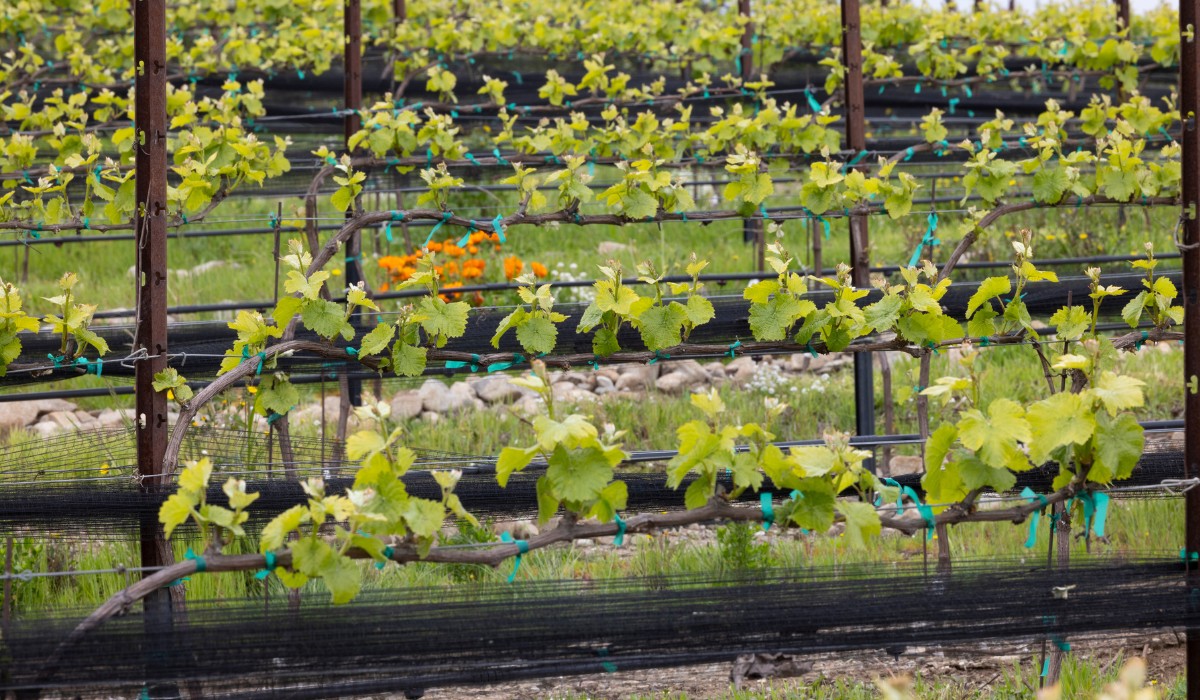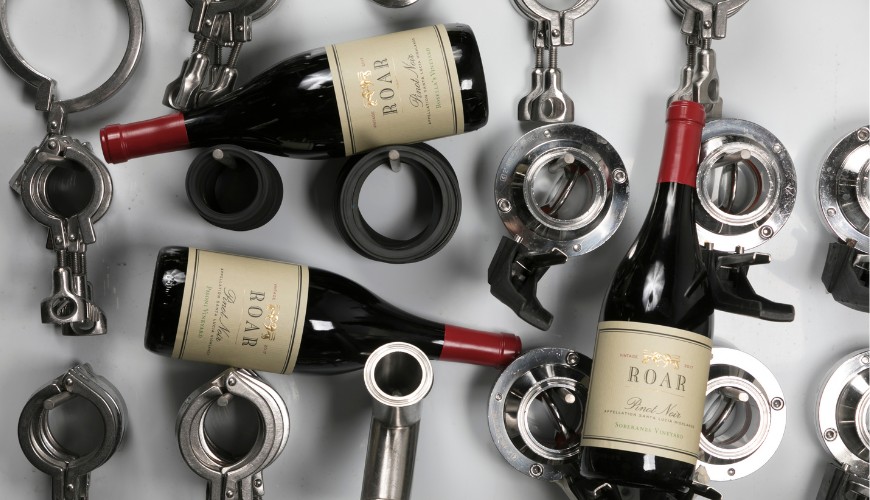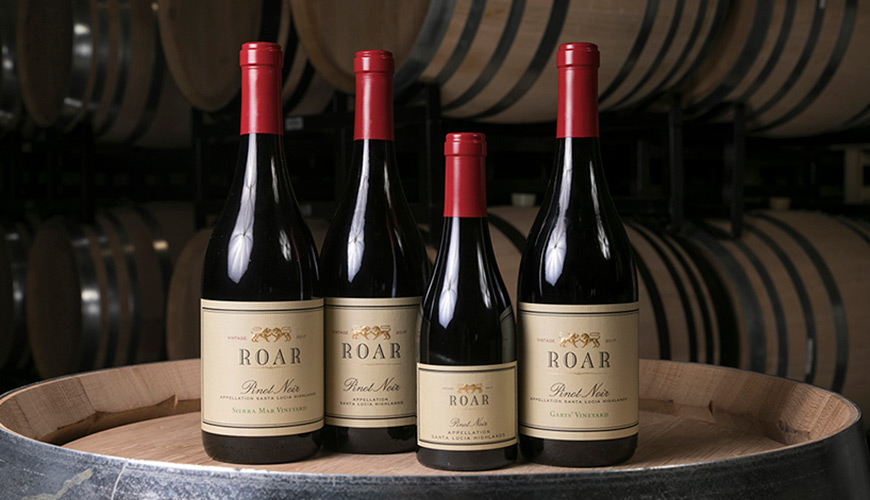New vineyards are still being planted in the Santa Lucia Highlands, which now boasts over 3,500 acres of Pinot Noir grapes. The latest is the WindRock Vineyard, a collaboration between the Franscioni and Pisoni families, located a short distance from Garys’ Vineyard, perhaps the wine world’s best-known example of how to correctly use apostrophes to illustrate the singular vs. plural instances of possession. (Gary’s would indicate one Gary owning the vineyard whereas Garys’ indicates more than one.)
The Garys’ Vineyard venture began in 1996, and was followed by the planting of the Soberanes Vineyard in 2006. Both have attracted strong demand from all corners of Pinotdom, with winemakers lining up to secure fruit from these meticulously attended vineyards. Winemakers tell me that the care these lauded farming families put into these two iconic vineyards shows, in every single grape.
Attention to detail matters: right down to the proper use of punctuation.





